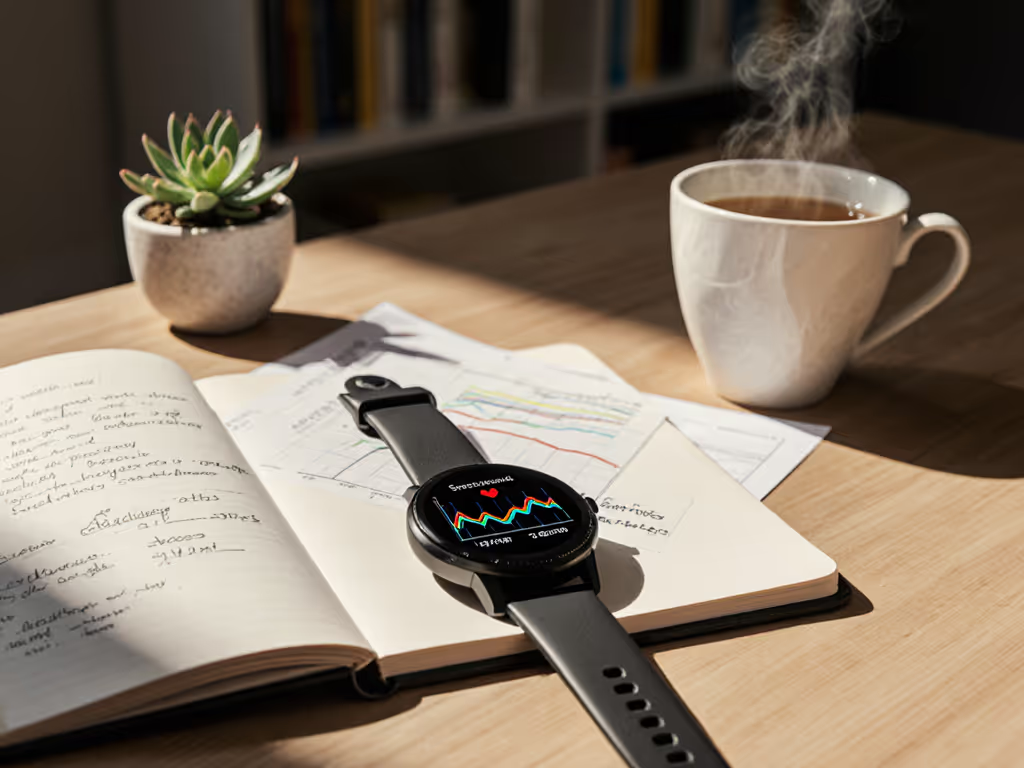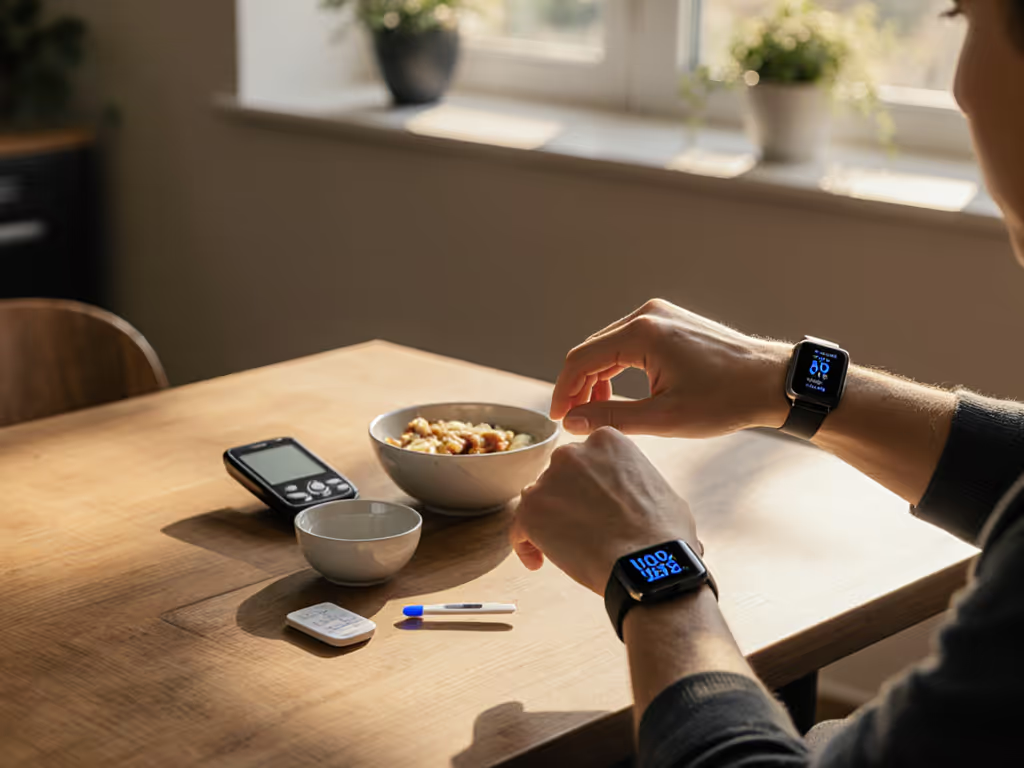
VO2 Max Tracking Accuracy: How It Works Simply
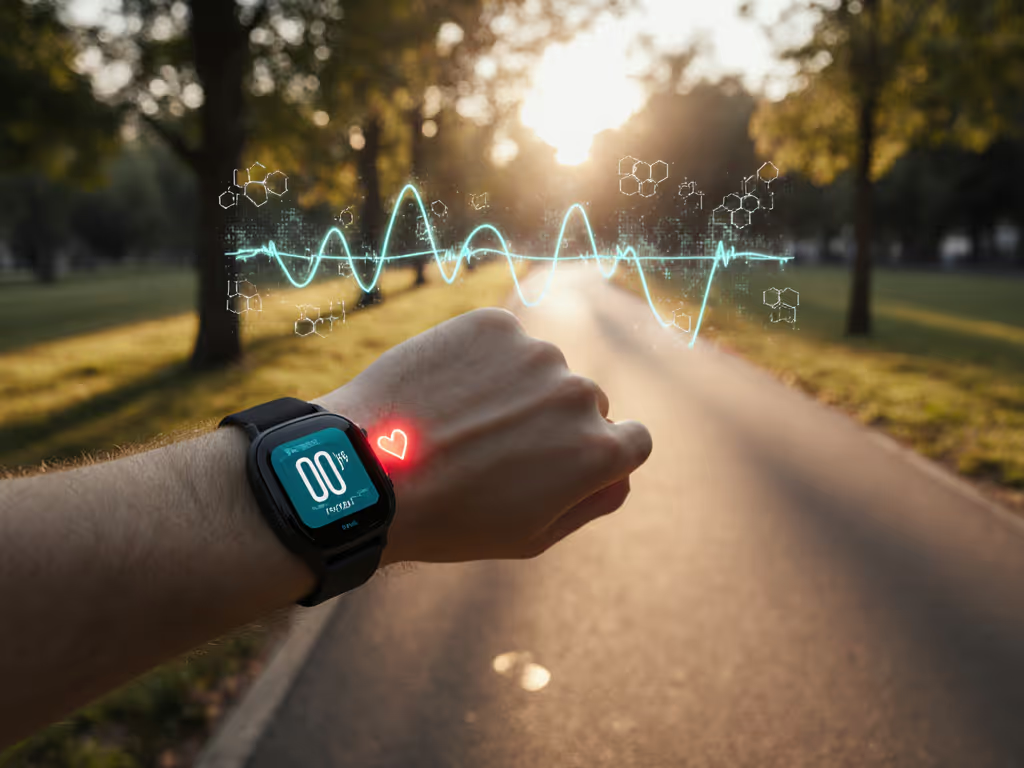
You have probably seen your fitness tracker VO2 max estimate pop up after a run or cycle session, a number that claims to measure your aerobic capacity. But when the reading feels wildly off compared to how you feel, or shifts unpredictably, it is frustrating. What is frustrating is not just the inaccuracy of VO2 max estimates, it is how these numbers can make you question your effort or progress. As someone who has helped hundreds of desk workers, shift nurses, and new parents align their tech with real life, I have seen this disconnect erode trust in tools that could support sustainable change. Let’s cut through the noise and focus on what truly matters: using VO2 max tracking as a gentle compass, not a judgmental ruler.
Why Your Wrist-Based VO2 Max Isn't Lab-Perfect (And That’s Okay)
In a clinical setting, VO2 max is measured with a mask analyzing oxygen intake during an exhausting treadmill test. Wrist-based estimates? They are educated guesses built from heart rate, pace, and your profile data (age, sex, weight). For a deeper look at how sensor tech and placement affect those readings, see our heart rate accuracy explainer. As research confirms, even top-tier devices show a margin of error, ideally under 10% compared to lab results. For example, studies show some devices like the Garmin Fenix 920XT hit this target (7.3% error), while others drift higher (15-20%+). But here is what is rarely said: a slight variance doesn't make the data useless. It just means we must interpret it wisely.
Common Reasons Estimates Feel "Wrong"
- Input gaps: Missing or incorrect age/weight skews algorithms. Always double-check your profile.
- Skin tone or tattoo interference: Optical sensors struggle with pigmentation or ink, causing erratic heart rate data, a core input for VO2 calculations. (Solution: Pair with a chest strap for key workouts if accuracy is critical.)
- Activity type mismatch: Steady-state runs yield better data than HIIT or cycling (where arm movement differs).
- One-off readings: A single session's estimate is a snapshot, not a verdict.
- Algorithm limitations: Brands like Polar (with its Vantage V3's sensor fusion tech) or Apple refine estimates over multiple workouts, not just one.
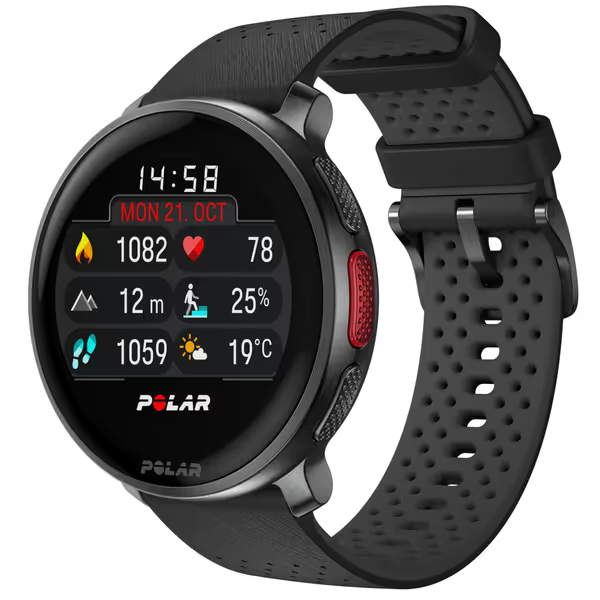
POLAR Sport Watch with GPS & HR
When I sat with a nurse doing rotating night shifts, her tracker's "cardio fitness score" plummeted after overnight shifts, making her feel like she was backsliding. But her body wasn't failing; the algorithm did not recognize her real rhythm. We shifted focus from daily scores to rolling weekly trends. Suddenly, the data reflected progress, not punishment.
How to Use VO2 Max Tracking Without the Stress
Forget chasing a "perfect" number. Your aerobic capacity matters as a trend, not a target. Here is how to adapt your approach for low-cognitive-load, high-trust insights:
Step 1: Audit Your Inputs (2 Minutes)
- Verify age, weight, and sex in your device settings. Why it helps: Garbage in = garbage out. A 10-pound error in weight can skew estimates by 5-8%.
- Enable "continuous heart rate" for background data (but disable sleep-scoring if it stresses you, consistency > intensity).
- Gentle tip: If you are perimenopausal or have hormonal shifts, manually log cycle phases. Most algorithms ignore this, but your awareness fills the gap.
Step 2: Embrace the "Trend, Not Trauma" Mindset
Small, repeatable wins beat flashy charts and streaks.
Instead of fixating on a single VO2 max drop post-illness (which is normal!), track 4-week averages. Did your number climb gradually after adding one weekly hill walk? That is your win. One client, a wheelchair user frustrated by "inaccurate" step counts, shifted to measuring reliability of her heart rate zones during pushes. Her VO2 max trend rose steadily, and so did her energy.
Step 3: Cross-Check with How You Feel
- The talk test: If you can speak in full sentences during a brisk walk but your "cardio fitness score" says you are deconditioned, trust your body.
- Recovery check: Do you bounce back faster after workouts? That is tangible proof of improving cardiovascular fitness, no number needed.
- When to dig deeper: If your VO2 max and perceived effort consistently diverge (e.g., you are struggling on hills but your score is high), calibrate with an outdoor run + chest strap. Many apps (like Polar's) let you sync this data to refine estimates.

Turning Data Into Calm, Consistent Action
Your tracker's job is not to shame you into harder runs, it is to nudge you toward sustainable rhythm. Kind routines, clear settings make all the difference. Start here:
- This week: After one workout, glance at your VO2 max trend, not the single number. Note how energized you felt. Journal the combo: "Trend: +0.5 | Energy: 8/10 today."
- This month: Adjust one setting to reduce friction. Examples:
- Mute "low cardio fitness" alerts (they are often based on arbitrary averages).
- Set goals as "move 30 mins 4x/week" instead of heart rate zones.
- Shift workout reminders to wind-down vibrations (calm pulses, not buzzes).
I will never forget the shift worker who stopped deleting her app after we moved from daily targets to a rolling weekly VO2 max goal. Three weeks later, her sleep debt shrank, and the data became a tool, not a tyranny. Tools should flex to people, not punish them.
Your Actionable Next Step
Tonight, open your fitness app settings. Find the VO2 max section and:
- Toggle off all achievement badges or "warning" notifications.
- Replace "daily goal" with "weekly trend" visibility.
- Set a 5-minute phone reminder: "Check trend + how I feel."
This is not about perfection, it is about progress that fits your life. When your device serves you gently, that cardio fitness score stops being a scorecard and starts being a compass. And compasses? They only point the way forward when you are kind to yourself along the journey.
Related Articles

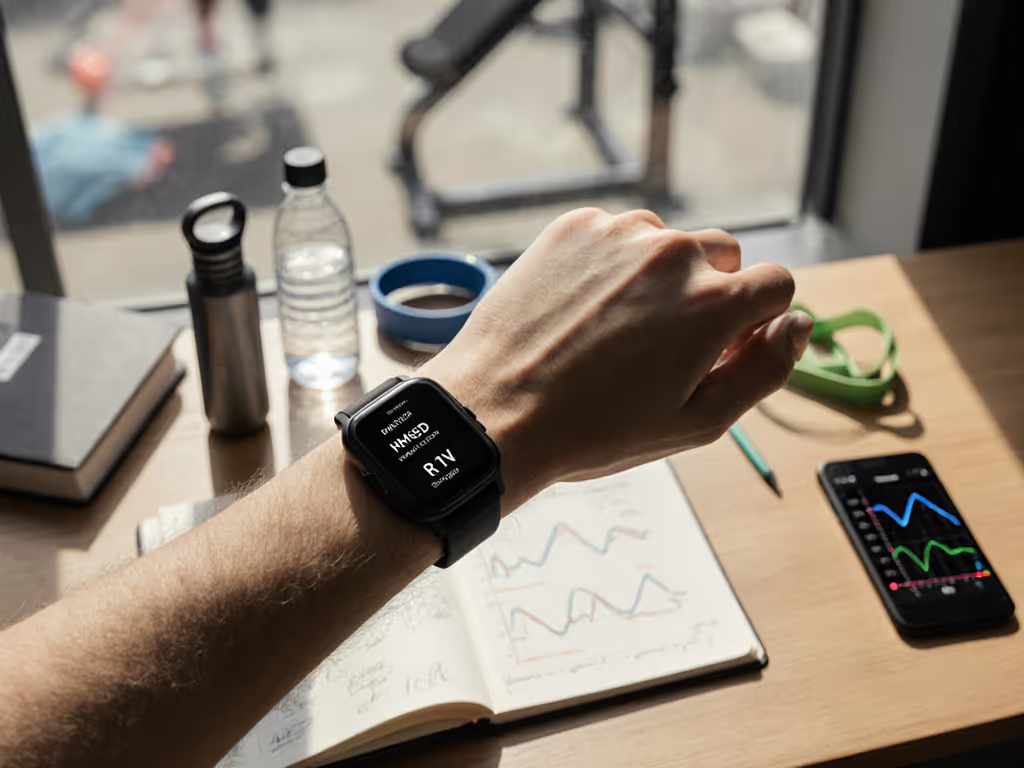
HRV for Recovery: Truth About Fitness Tracker Accuracy
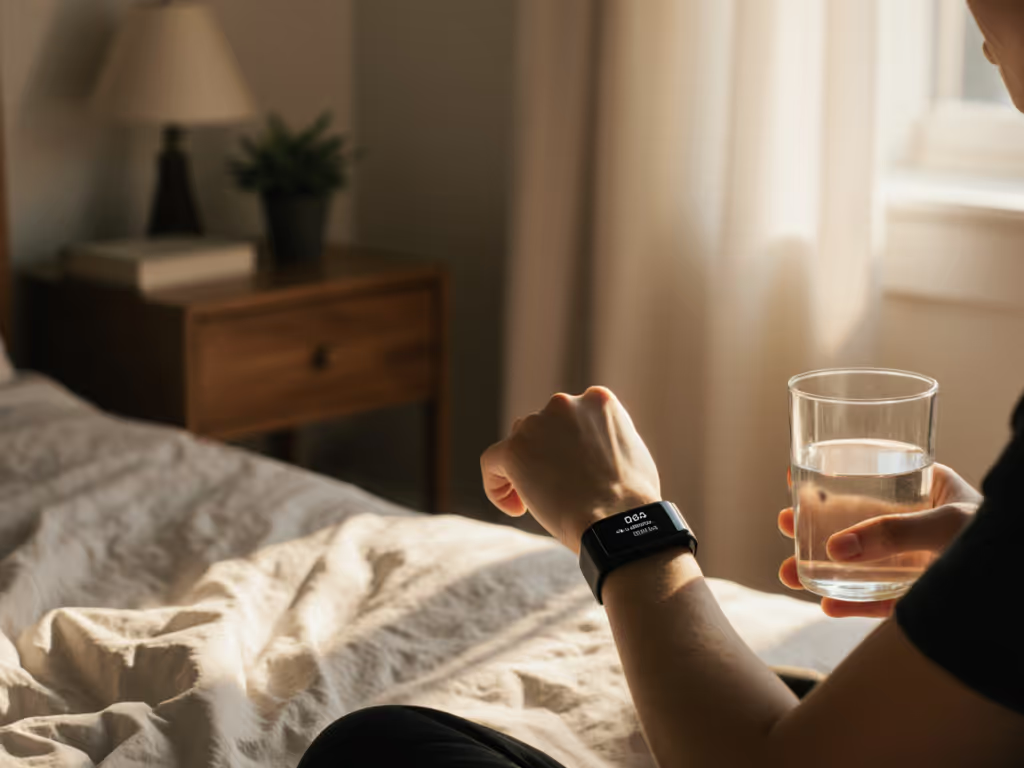
Fitness Tracker Habit Building: Consistency Over Data

Unlock Ring Fitness Insights Without Data Overload
